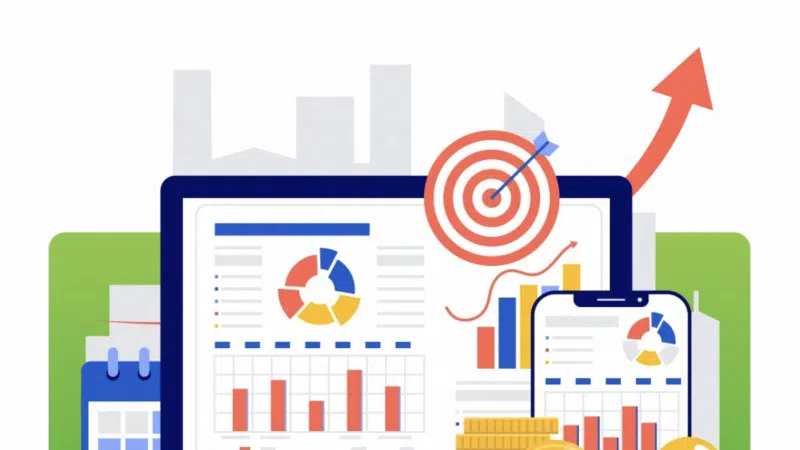Elections are big business for advertising – more than $14 billion USD was spent on the 2020 election alone. You and your sales team have been a resource for your advertisers to put out their messaging on-air for decades. It’s time to leverage this relationship to capitalize on the growing trend of digital advertising that is commanding a larger share of your client’s advertising budgets. As candidates and political parties compete for attention, digital marketing has become the dominant way to target potential voters.
Did you know…
Each platform handles political advertising differently, with some being highly restrictive compared to others. Regardless of the platforms rules surrounding political and special issues advertising, ALL advertising must abide by your own local state, provincial, or national advertising restrictions.
Election Advertising Rules by Platform
 Display Advertising
Display Advertising
Compared to other digital media, Demand Side Platforms (DPSs) have taken a largely hands-off approach when it comes to political advertising on their networks. Some, like Google’s DV360, require campaigns to go through a validation process that could take several days (and often more than one attempt to complete!). Others just require the basic disclosure on the ad placement itself.
As with most digital marketing, display advertising continues to be a consistent go-to for most political campaigns. Targeting can be done using location, gender, age, and in some cases political interest. Retargeting voters who have visited the candidate’s website is a great way to continue to reinforce your message right up until election day.
 Social Advertising
Social Advertising
Facebook and Instagram’s rules surrounding political advertising have changed dramatically since the 2016 election, and have become increasingly more restrictive. Often, social issues campaigns (which includes all political advertising) will be rejected without explanation and can take several attempts for a campaign to launch successfully. In addition, Facebook/Meta has several key rules surrounding the content of political advertising – including banning any ad that discusses election integrity or challenges the results of previous elections.
All advertising, regardless of it’s political nature, is also archived through the Facebook/Meta Ad Library with all relevant disclosures.
For a full list of Meta’s rules surrounding election advertising, click here.
 Audio Advertising
Audio Advertising
Spotify took an aggressive stand in 2020 and completed banned all political advertising for a period of time. Since then, they have created a verification system to ensure all political advertising is reviewed and approved prior to going live. Their restrictions include only allowing advertising from known political entities – essentially only major political parties and their candidates. Advertisements for organizations promoting a specific social issue are not allowed.
In addition, political advertising on Spotify will only appear in front of Podcasts and not on their free music streaming network. The network has further limited political advertising by giving podcast creators the ability to turn off all political advertising. To read more about Spotify’s ad guidelines, click here.
Other programmatic audio networks are less restrictive, although the content of the commercial must contain the usual disclosures you hear on a typical political advertisement you’d here on radio.
 Video Advertising
Video Advertising
Television has historically been a “go-to” for candidates advertising during election season. As people continue to cut the cord and shift their viewing to a digital platform, so has the advertising dollars shifted. And similar to other platforms, there are many obstacles that can create confusion and frustration when trying to run a political video advertisement.
YouTube, the largest video website on the internet (and second biggest search engine), uses the same Google advertising policy as DV360 and limits targeting to simply age, gender and geo location. Political video campaigns also require the same verification process as display campaigns and can take additional time to have a campaign go live.
Programmatic Video and Connected TV campaigns provide great alternatives to YouTube with an easier setup and several more targeting options.
Bottom Line…
Political advertising is big business in 2022, but can be a headache for radio marketing professionals who are looking to help their clients reach potential voters by navigating the individual rules for each platform. The earlier you start prospecting this category, the more time you will have to overcome each obstacle and the better each campaign will perform!
If you have any questions regarding political adverting, send us an email at reach@socastdigital.com.











Comments